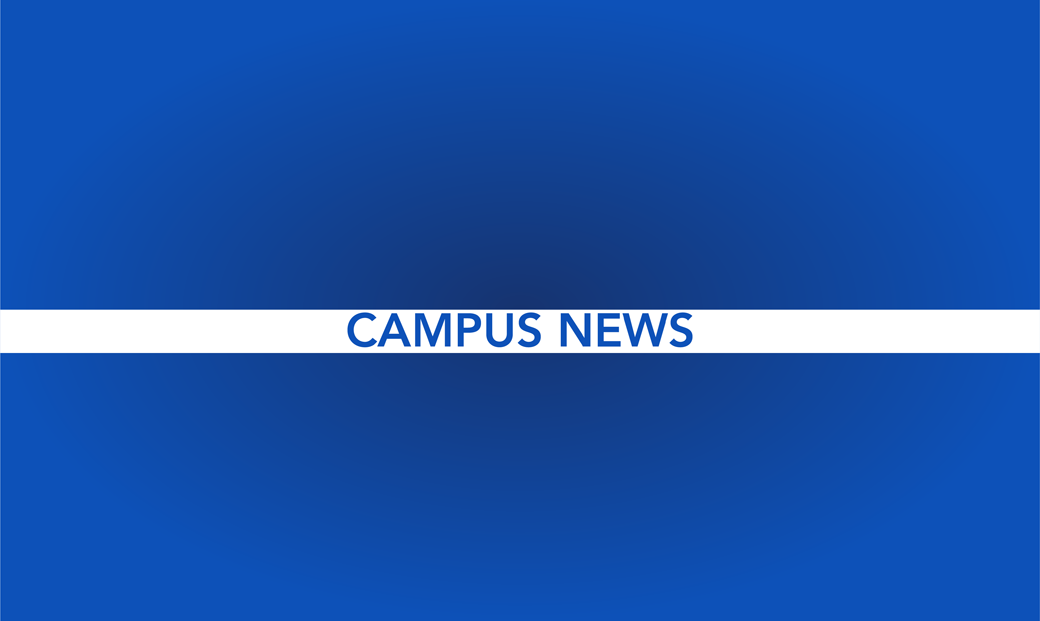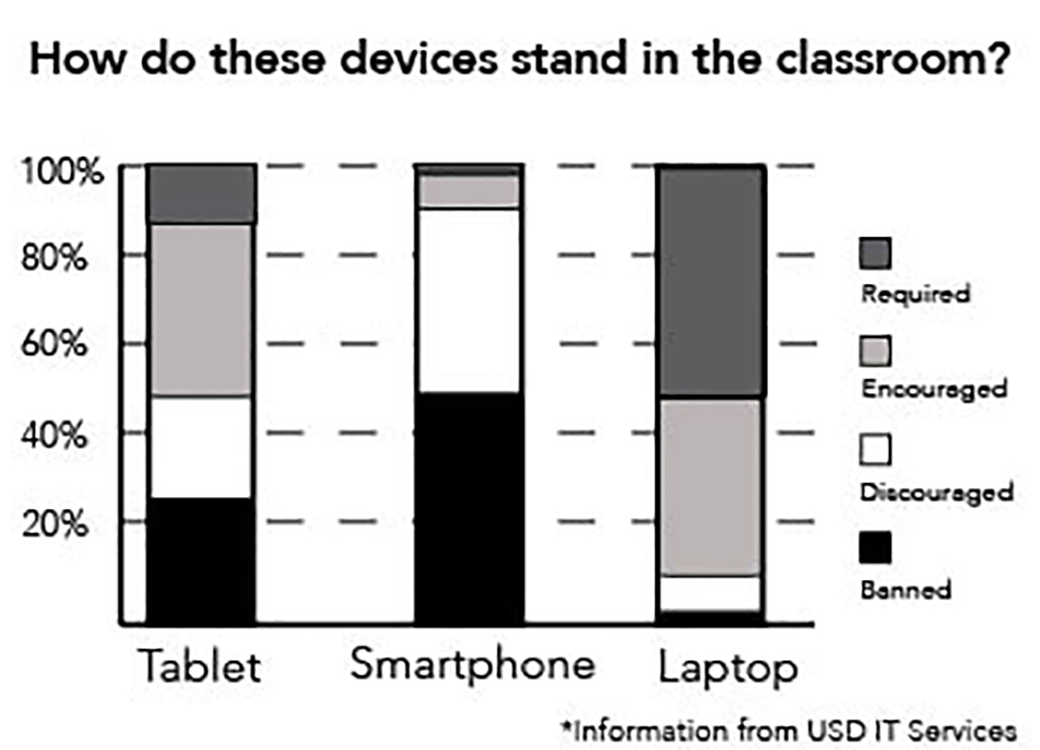
University surveys students to explore technology usage
Since 2010, Information Technology Services at the University of South Dakota has been administering a yearly survey to students through EDUCA– — — USE, which provides services to higher institutions on a national level.
The window to take the 2015 survey just closed, and now the waiting game begins for the university, as results will be given back in early summer. Cheryl Tiahrt, director of IT, will analyze the results before sharing them with other USD officials.
“My staff and I, we use this in planning, so when we’re looking at where to focus on technology, this is informative for us, to look at what are students interested in, what kind of platforms do we need to support,” Tiahrt said.
She can compare and contrast the outcomes with those of other universities who are EDUCA– — — USE members, and also look at differences from year-to-year.
“Not only do we get to hear how our students feel about technology and what their experiences are, but we can compare that to our peers, so that’s really useful,” Tiahrt said.
Results from 2014’s survey could be compared to 213 other institutions across the U.S. that participated in the survey, and actions could be taken accordingly.

More than 6,000 undergraduate students were surveyed in 2014, and more than 600 students responded. This number increased in 2015, with almost 800 students responding.
Tiahrt said the university needs to hear from as many students as possible to be able to analyze a good cross-section of data.
“The more students we can hear from, I think, the better the information is,” she said.”
Both Tiahrt and her staff, along with the technology advisory committee — which is made up of faculty and staff on campus and one student representative — look at national and statewide trends to determine where resources and attention should be focused.
The survey questions are written by experts, and that way, Tiahrt said responses can be well-formed and reliable.
Students gave a lot of feedback about D2L and Starfish, she said, generally in favor of them being used more by professors.
The results are used to gauge what actions should be taken on campus regarding technology.
“In the last few years, we’ve done a lot more support for Apple,” Tiahrt said.
Results from the 2014 survey showed 97 percent of the students owned laptops, and the majority had Macs. Eighty-three percent of them owned a smartphone, with the majority of those being iPhones.
The university recently replaced the network access control system with one more user-friendly to Apple devices.
Tiahrt said the wireless network on campus is also constantly being updated.
Just over winter break, access points for wireless were moved to better locations in residence halls. With about 1,000 access points to manage on campus, Tiahrt said it is necessary to keep refreshing them in a constant process.
“Technology is always changing, so we can’t just install it and forget about it,” she said. “We have to be on a migration path because AC are the newest kind of access points and as more consumer devices come out to take advantage of that, we want to be ready for that.”
Sophomore Mitch Hanson said he thinks the surveys are significant based on their length.
“I think the shorter ones are,” he said. “The ones that are just super long, I feel like people just click through so they can get done with them.”
While the IT surveys can play a big role in actions taken at the university, some students don’t believe they are always taken seriously.
“I don’t think they’re useful at all, just ‘cause I think that most people don’t bother answering them correctly, like they should,” junior Bryce Schumilas said.


